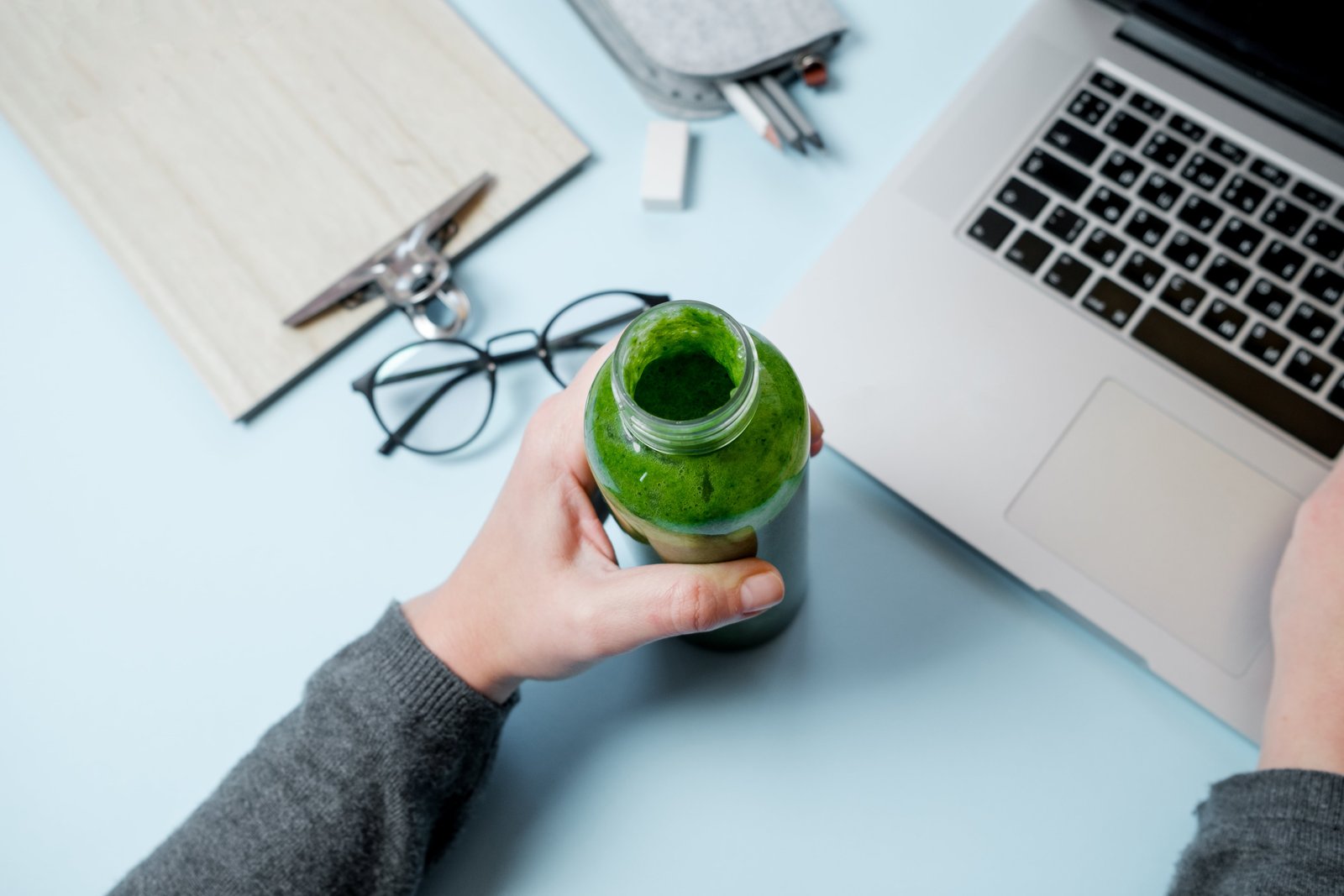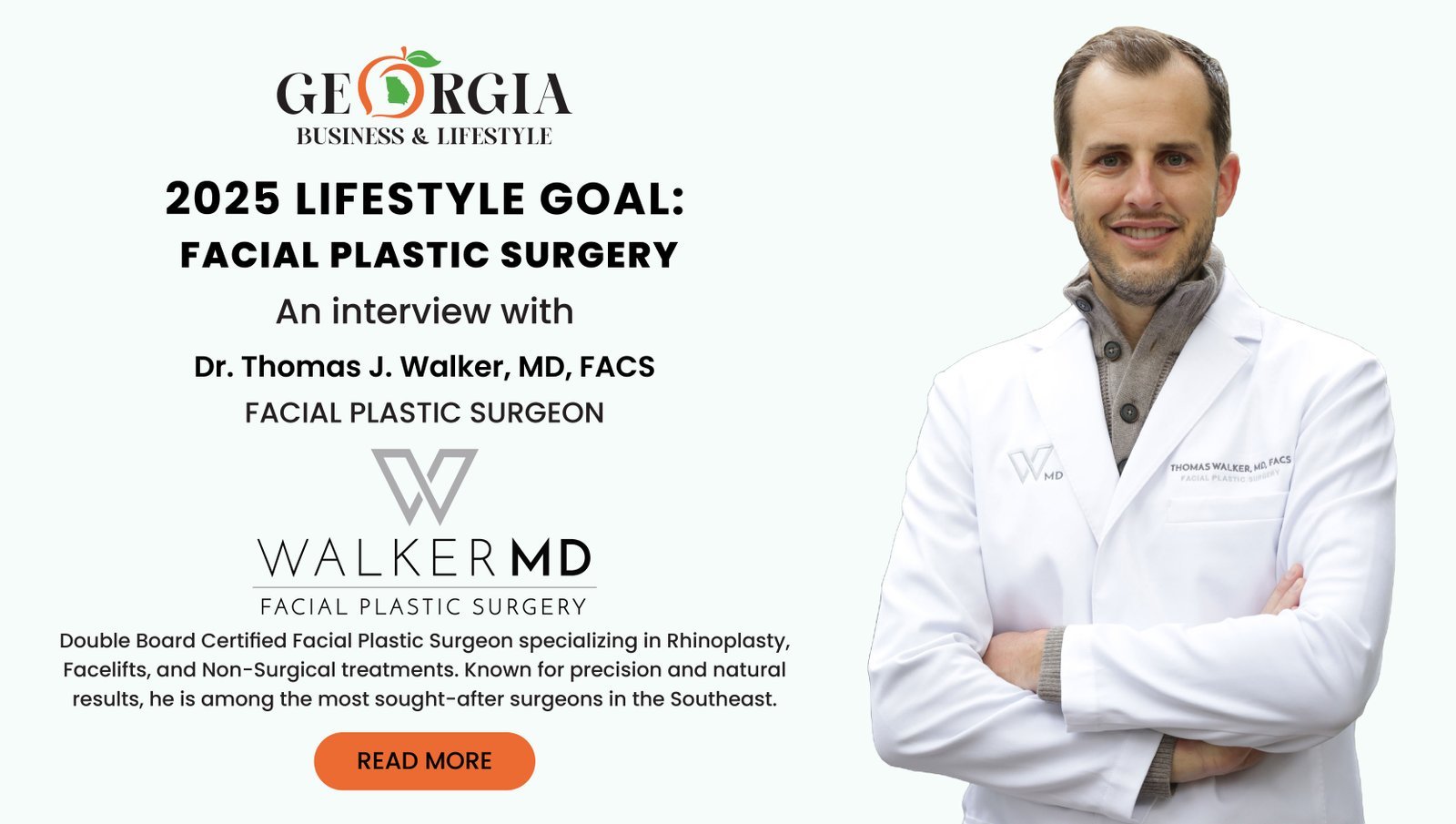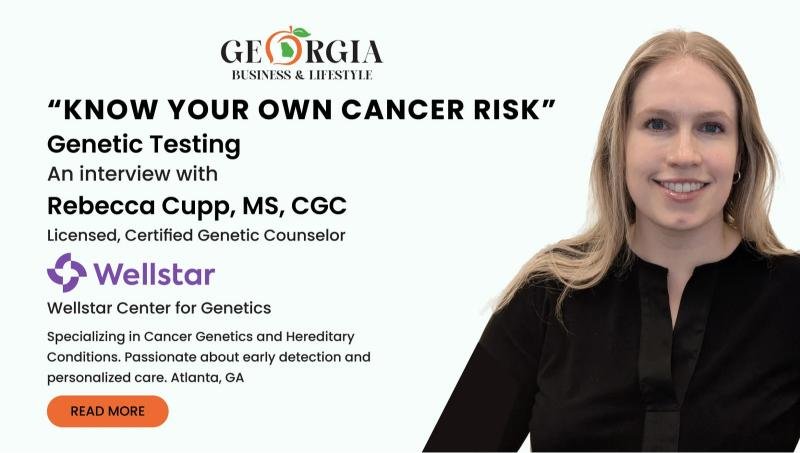The debate over raw milk consumption has raged for decades, raising critical questions about food safety, individual freedom, and government regulation. This blog explores the controversy, the arguments on both sides, and who ultimately has the right to control your food choices.
What Is Raw Milk?
Raw milk is milk that has not been pasteurized to kill harmful bacteria. Advocates claim it offers numerous health benefits and superior taste, while critics argue it poses significant health risks.
The History of Raw Milk Regulation
Raw milk was widely consumed before pasteurization became standard in the early 20th century. The advent of pasteurization drastically reduced foodborne illnesses, leading many governments to regulate or ban the sale of raw milk.
The Case For Raw Milk
1. Nutritional Benefits
Proponents claim raw milk retains enzymes, vitamins, and probiotics that are destroyed during pasteurization.
2. Taste and Quality
Raw milk enthusiasts often praise its richer flavor and creamier texture compared to pasteurized milk.
3. Support for Local Farmers
Buying raw milk directly from small farms can help sustain local agriculture and promote sustainable farming practices.
The Case Against Raw Milk
1. Health Risks
Raw milk can harbor harmful bacteria such as E. coli, Salmonella, and Listeria, posing risks, especially to children, pregnant women, and immunocompromised individuals.
2. Lack of Standardization
Without pasteurization, there’s no uniform quality control, increasing the risk of contamination.
3. Public Health Concerns
Outbreaks linked to raw milk consumption can strain public health systems and lead to costly recalls.
Who Regulates Raw Milk?
Raw milk laws vary significantly across countries and even within regions.
- United States: Raw milk sales are regulated at the state level. Some states allow it, while others ban it outright.
- Europe: Countries like France and Italy permit raw milk sales, but strict hygiene standards are enforced.
- Australia: Raw milk sales are generally prohibited, with limited exceptions for cosmetic purposes.
Balancing Safety and Freedom
1. Consumer Choice
Advocates argue that individuals should have the right to make their own food choices, including consuming raw milk, as long as they are informed of the risks.
2. Government Responsibility
Public health officials contend that regulations are necessary to prevent outbreaks and protect vulnerable populations.
3. Middle Ground Solutions
Some suggest compromise measures, such as labeling requirements and hygiene standards for raw milk producers.
How to Make Informed Choices About Raw Milk
If you’re considering raw milk, here are steps to minimize risks:
- Research Local Producers: Ensure they follow stringent hygiene practices.
- Understand Your Risk: Know if you fall into a high-risk group.
- Consult Health Experts: Seek advice from nutritionists or healthcare professionals.
The Bigger Question: Who Controls Your Food Choices?
The raw milk controversy highlights a broader issue—how much control governments should have over what people eat. Striking the right balance between safety and freedom remains a complex challenge in modern food policy.
Whether you’re for or against raw milk, the debate underscores the importance of informed decision-making and balanced regulation. The ultimate goal should be to ensure safety while respecting individual freedoms.












